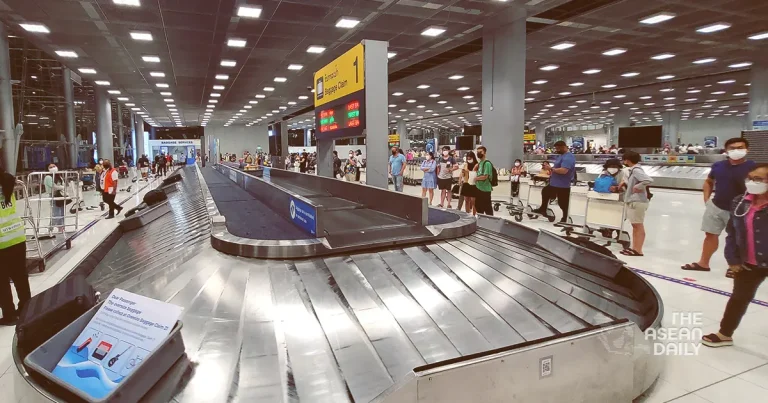6-7-2024 (BANGKOK) The number of flights between Thailand and China has skyrocketed to 55,000 over the past eight months, reports the Ministry of Transport. This staggering figure represents a 213% increase compared to the same period a year earlier, reflecting the flourishing aviation ties between the two nations.
Since the signing of a mutual visa exemption agreement, the skies have witnessed an unprecedented level of activity, with 55,433 flights crisscrossing the airspace from October last year to May. The Deputy Transport Minister, Surapong Piyachote, shared these impressive figures on Saturday, underscoring the burgeoning demand for air travel between the two countries.
Looking ahead, the ministry forecasts a total of 86,150 flights to grace the skies by the end of the fiscal year on September 30, further cementing the robust aviation partnership.
The influx of flights has been facilitated by the bustling operations at major Thai airports, including Don Mueang, Suvarnabhumi, Phuket, Chiang Mai, Samui, and Krabi. Notably, economic powerhouses like Chengdu in southwestern Sichuan province have witnessed a remarkable surge in air traffic.
Over the past eight months, a staggering 5,896 flights have shuttled between Thailand and Chengdu, with projections indicating that this figure could soar to 8,850 by the end of the year.
To accommodate this burgeoning demand, Deputy Minister Surapong has urged the Aeronautical Radio of Thailand (Aerothai) to expand its capacity and streamline operations. Aerothai, the nation’s air navigation service provider, is actively enhancing air traffic service efficiency through a multifaceted approach.
Initiatives include the introduction of new parallel routes, upgrades to technology systems, improvements to airspace structure, and the implementation of advanced management guidelines. Moreover, plans are underway for a new air traffic management system and the installation of systems to optimize capacity and efficiency through air traffic flow management (ATFM) practices.
With an ambitious goal of handling approximately 2 million flights by 2038, Aerothai is leaving no stone unturned. Efforts are being directed towards personnel training, route adjustments, airspace design, and the establishment of off-site backup air traffic management facilities.
Complementing these endeavors, Aerothai president Nopasit Chakpitak revealed that the company has embarked on a project to develop U-tapao Airport and the Eastern Aviation City. This initial phase primarily targets air cargo transport from the Eastern Economic Corridor (EEC), with a particular emphasis on flights from China.
Furthermore, the project aims to position U-tapao Airport as a future aircraft maintenance hub, fostering business development in various sectors, including tourism, logistics, and aviation.




